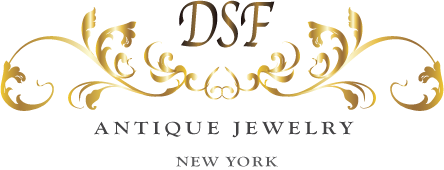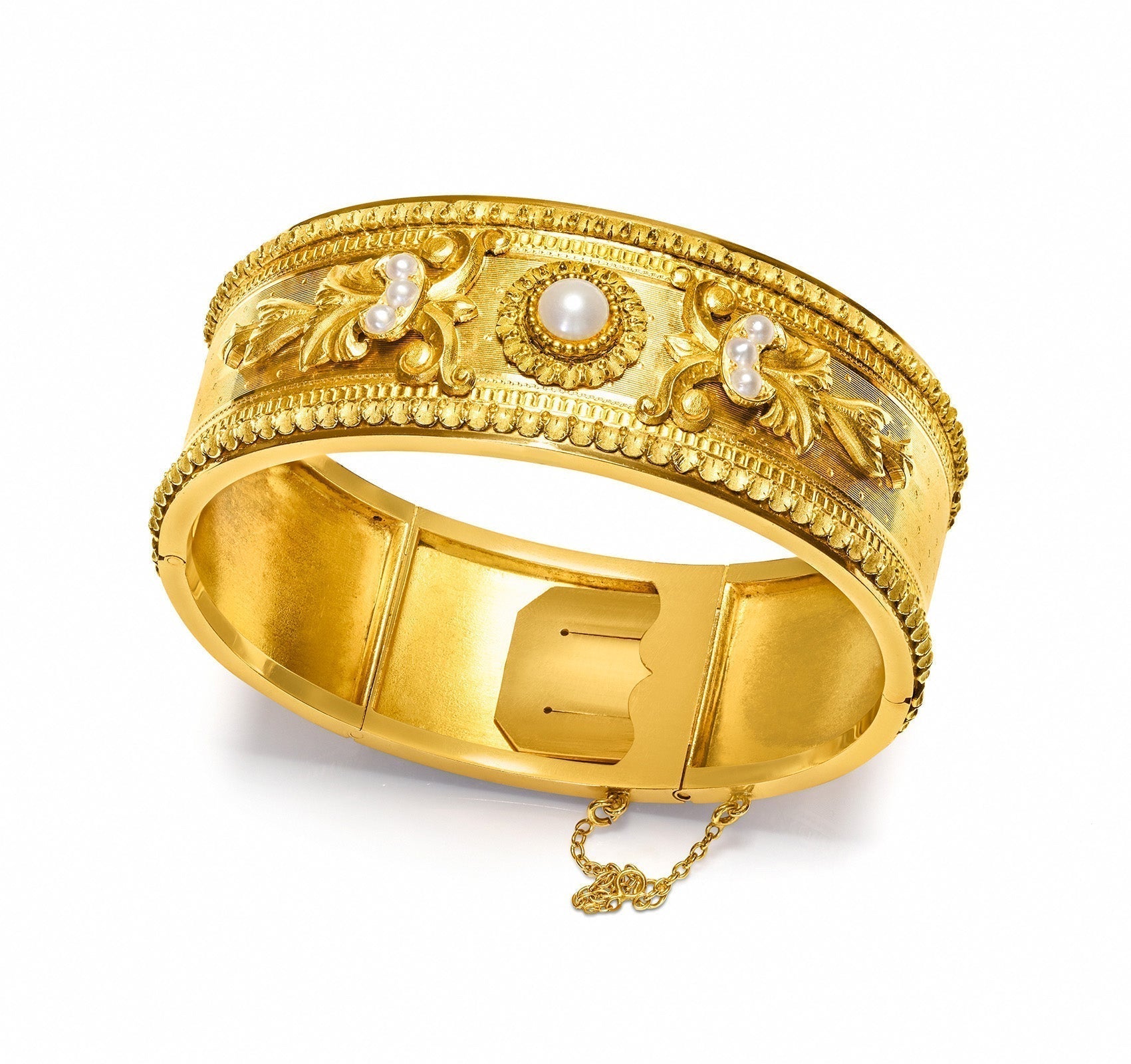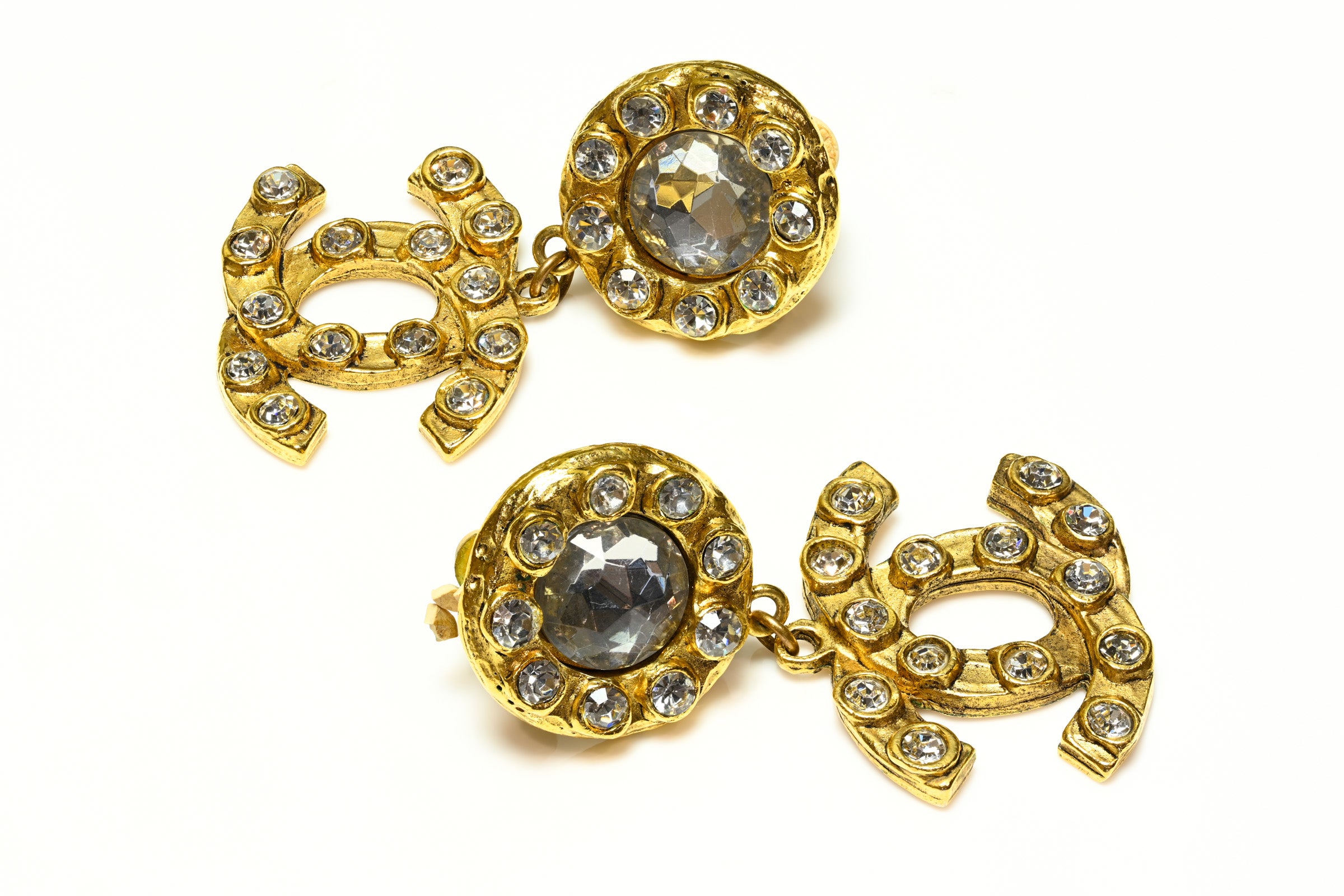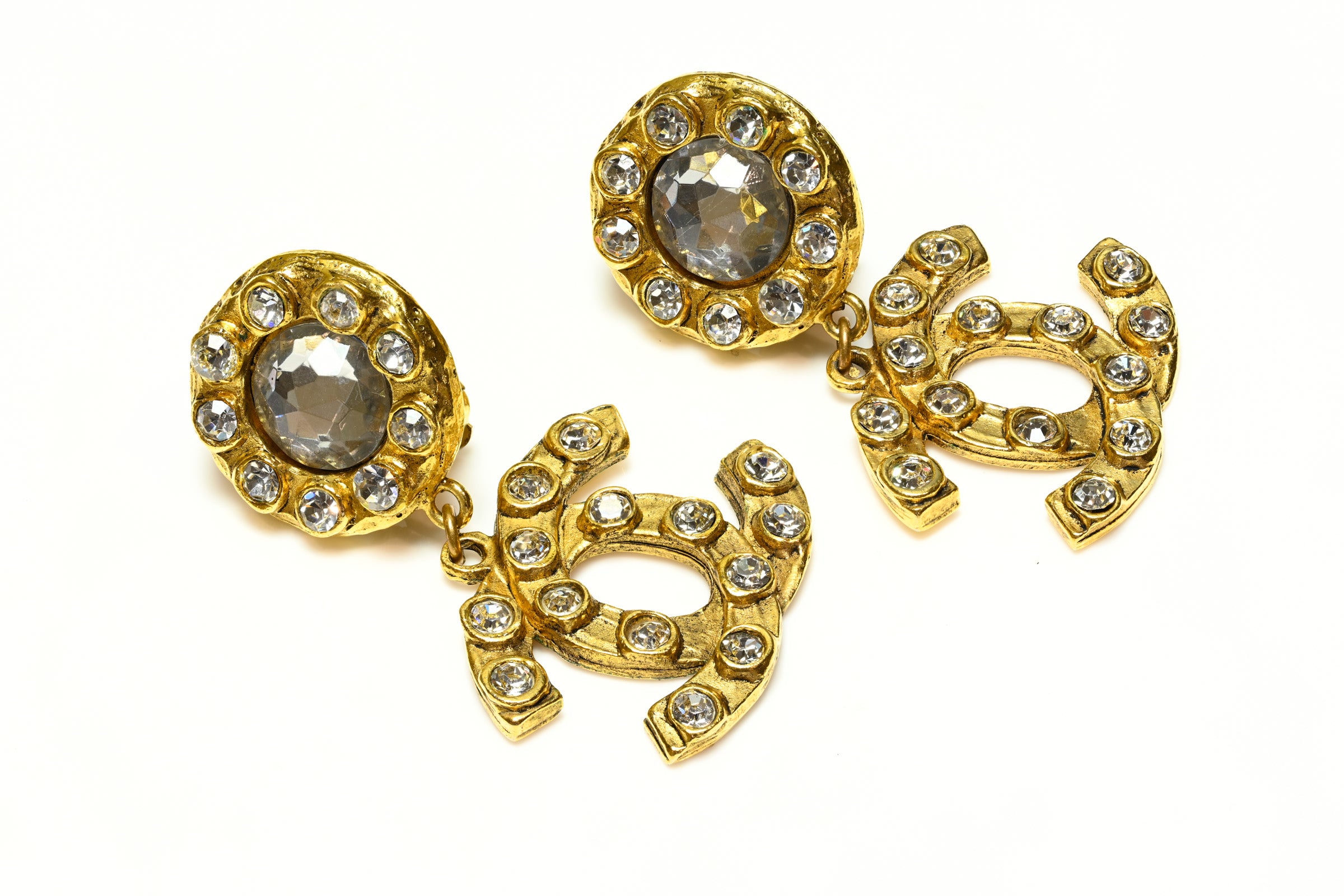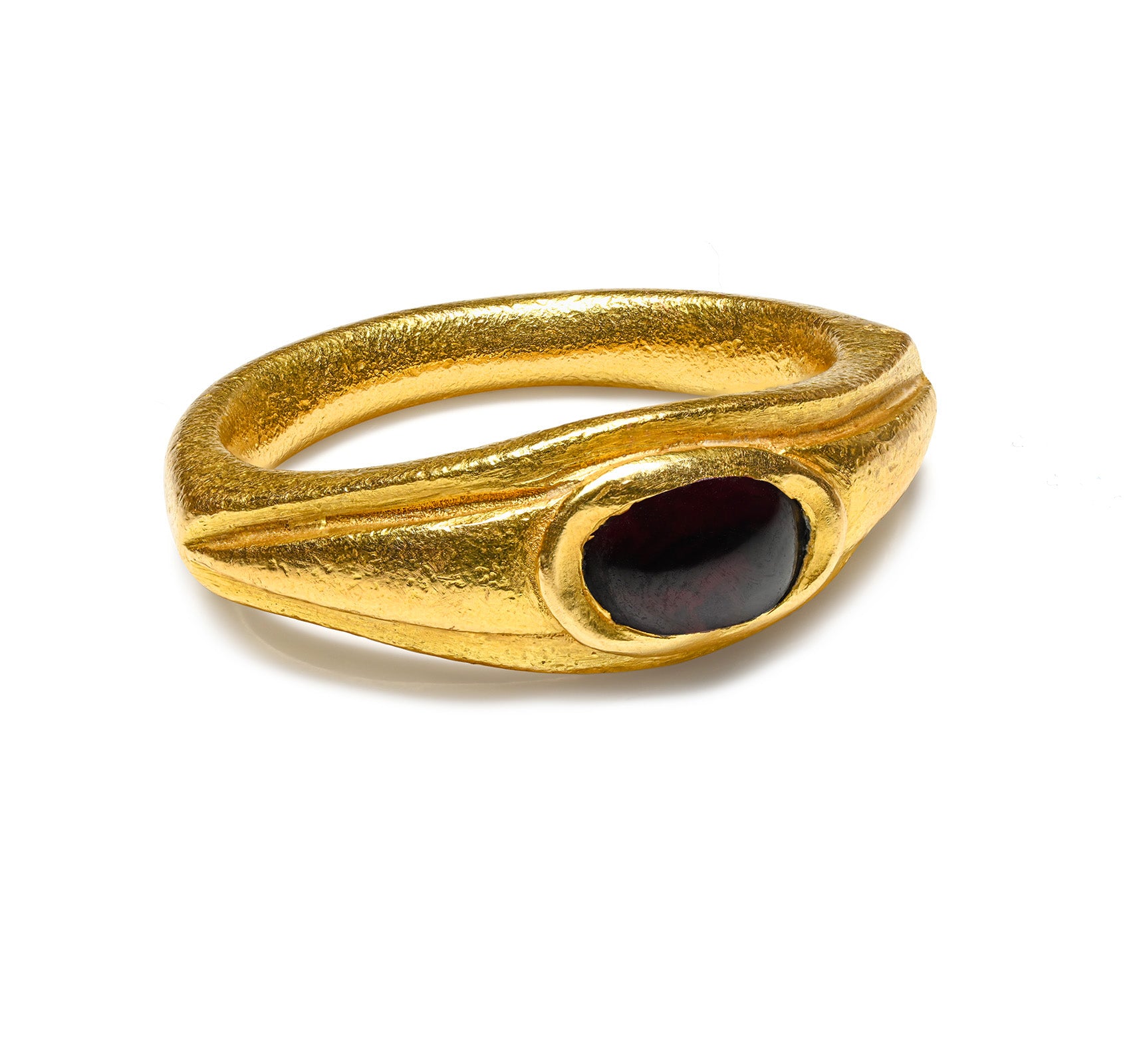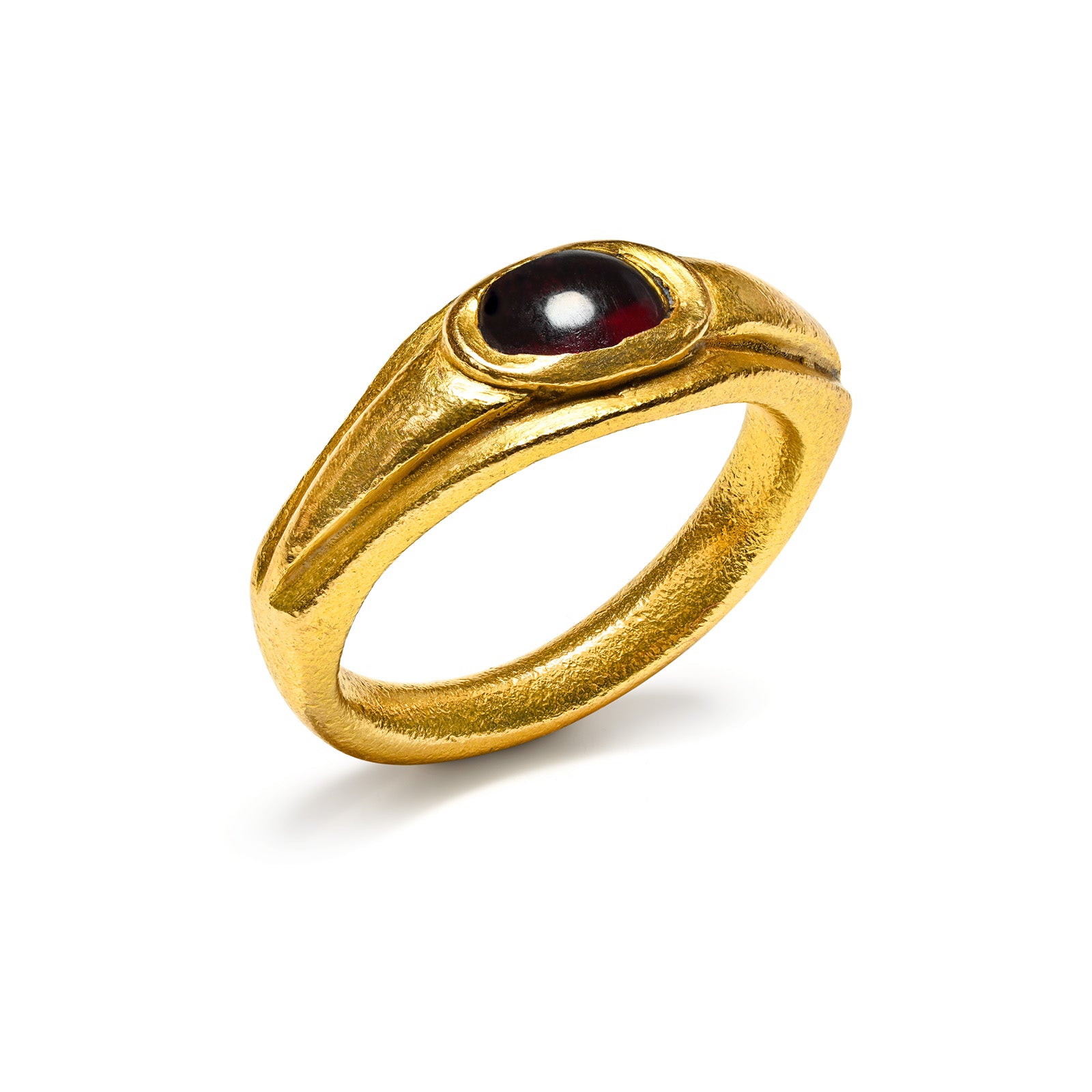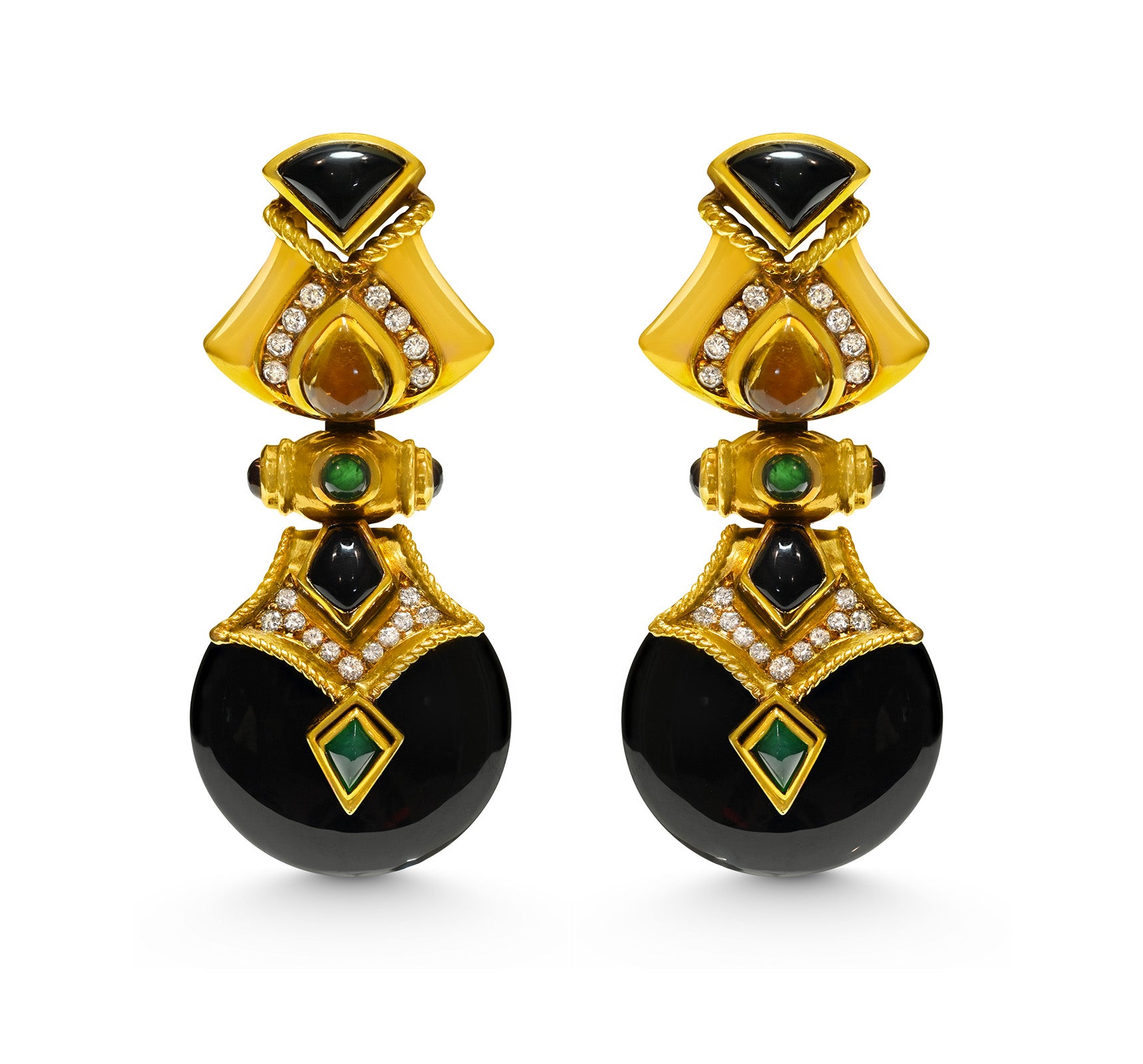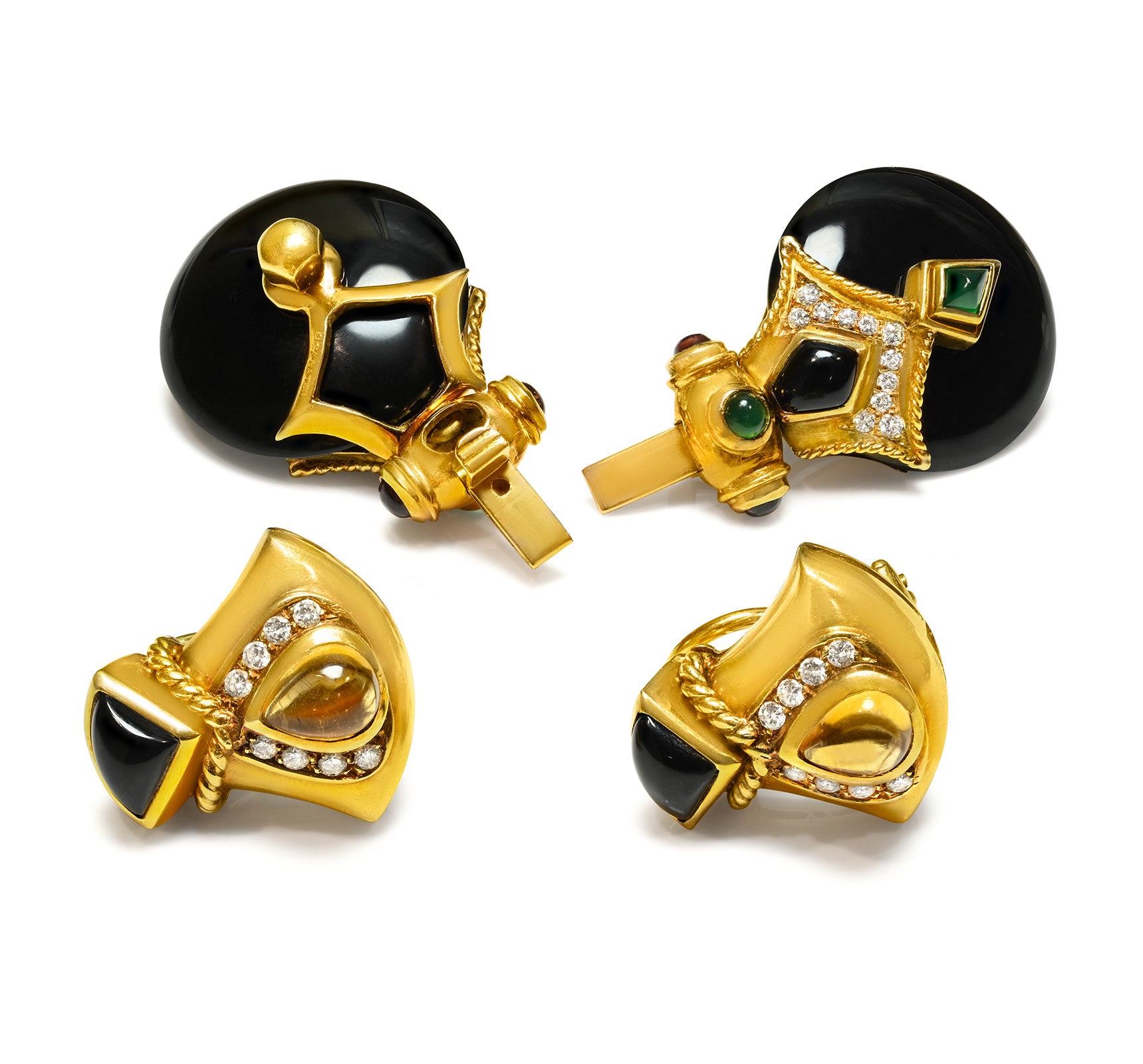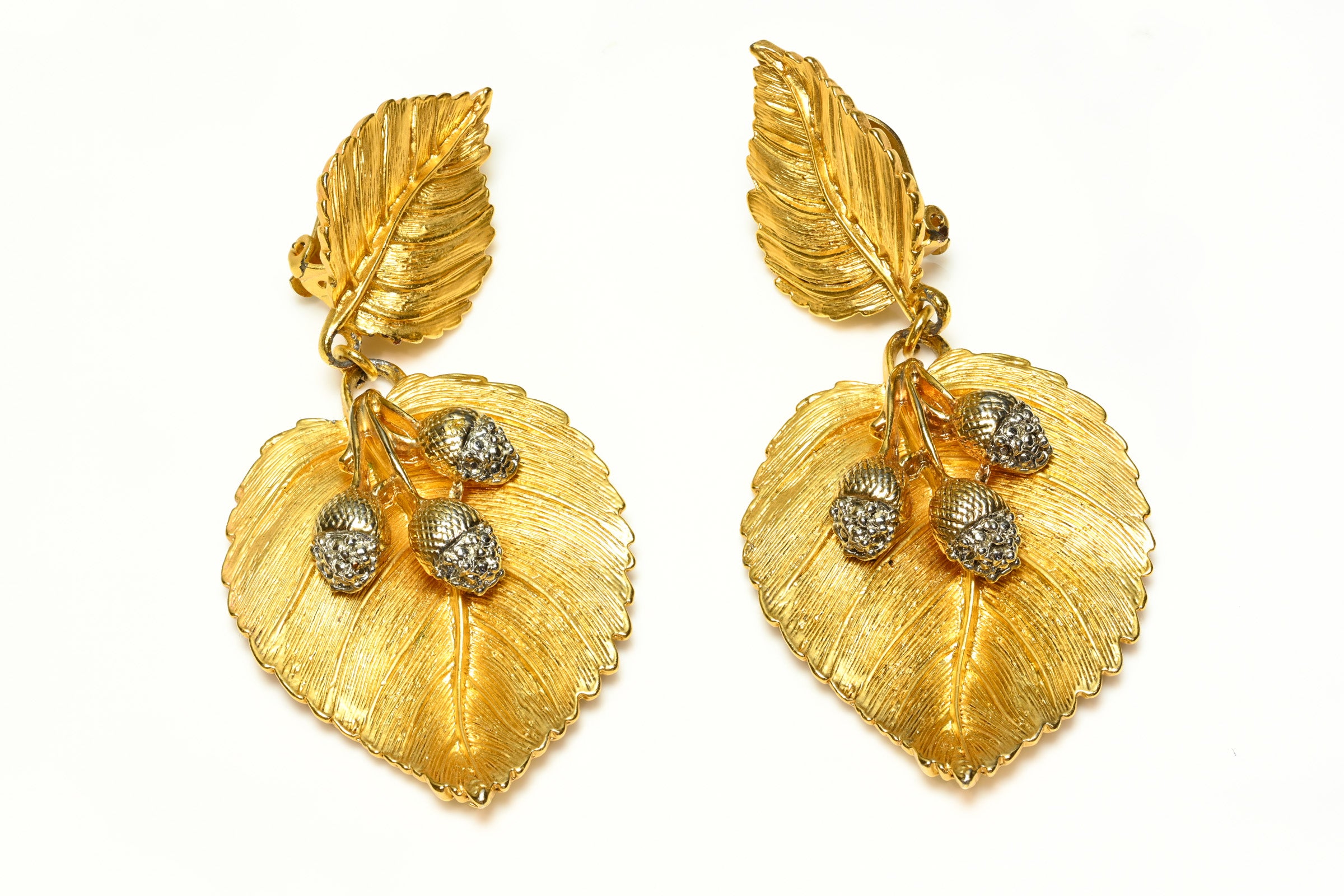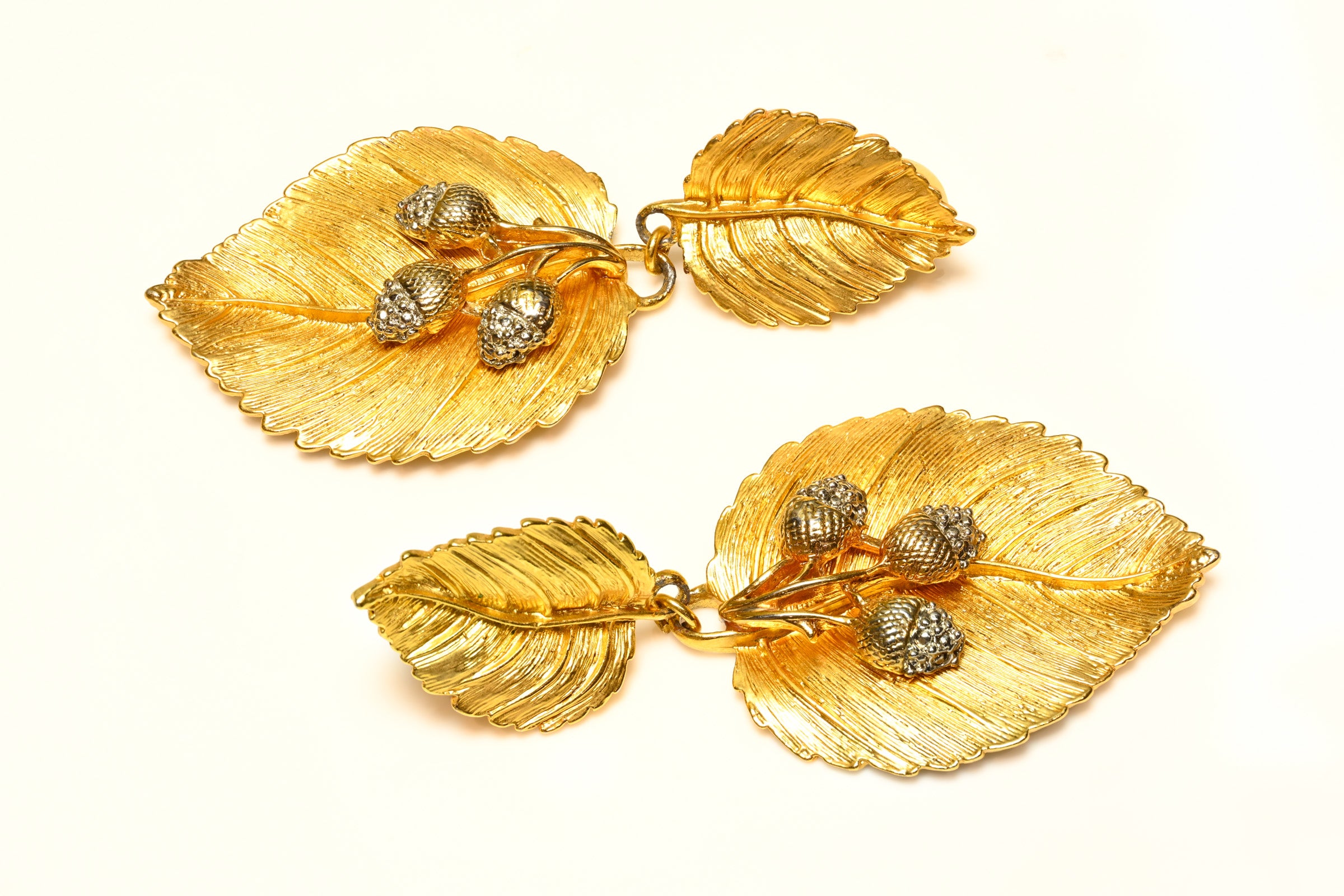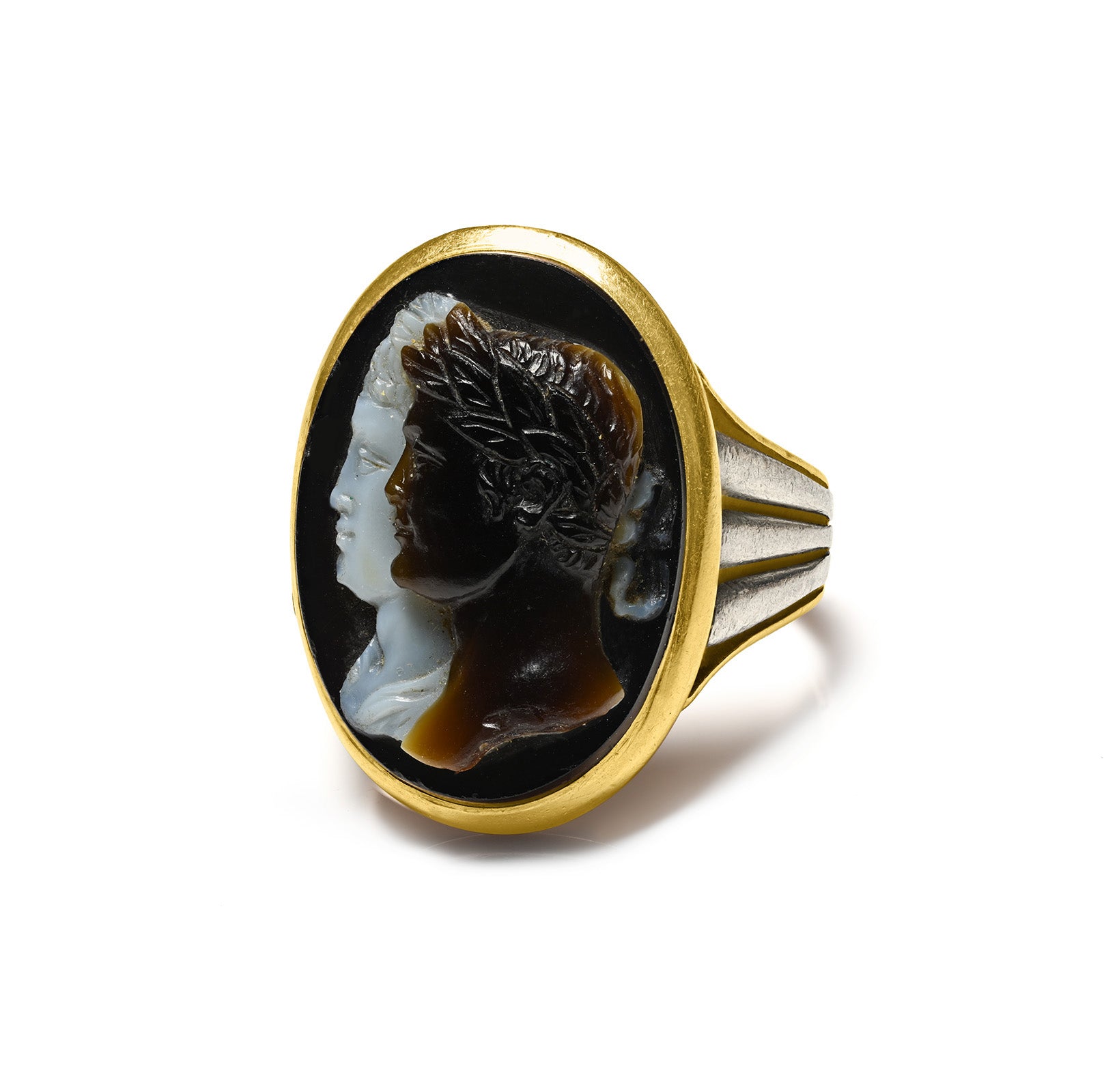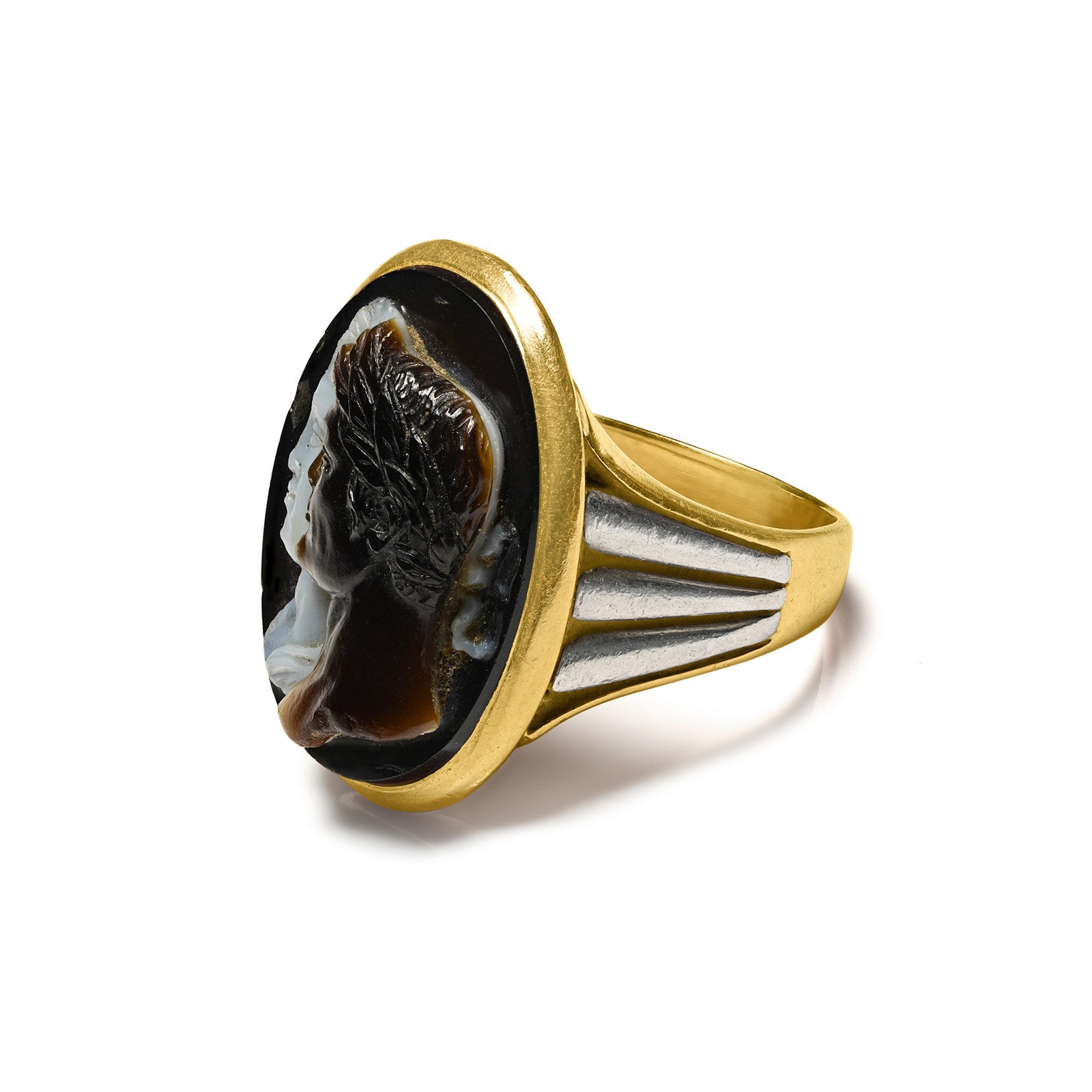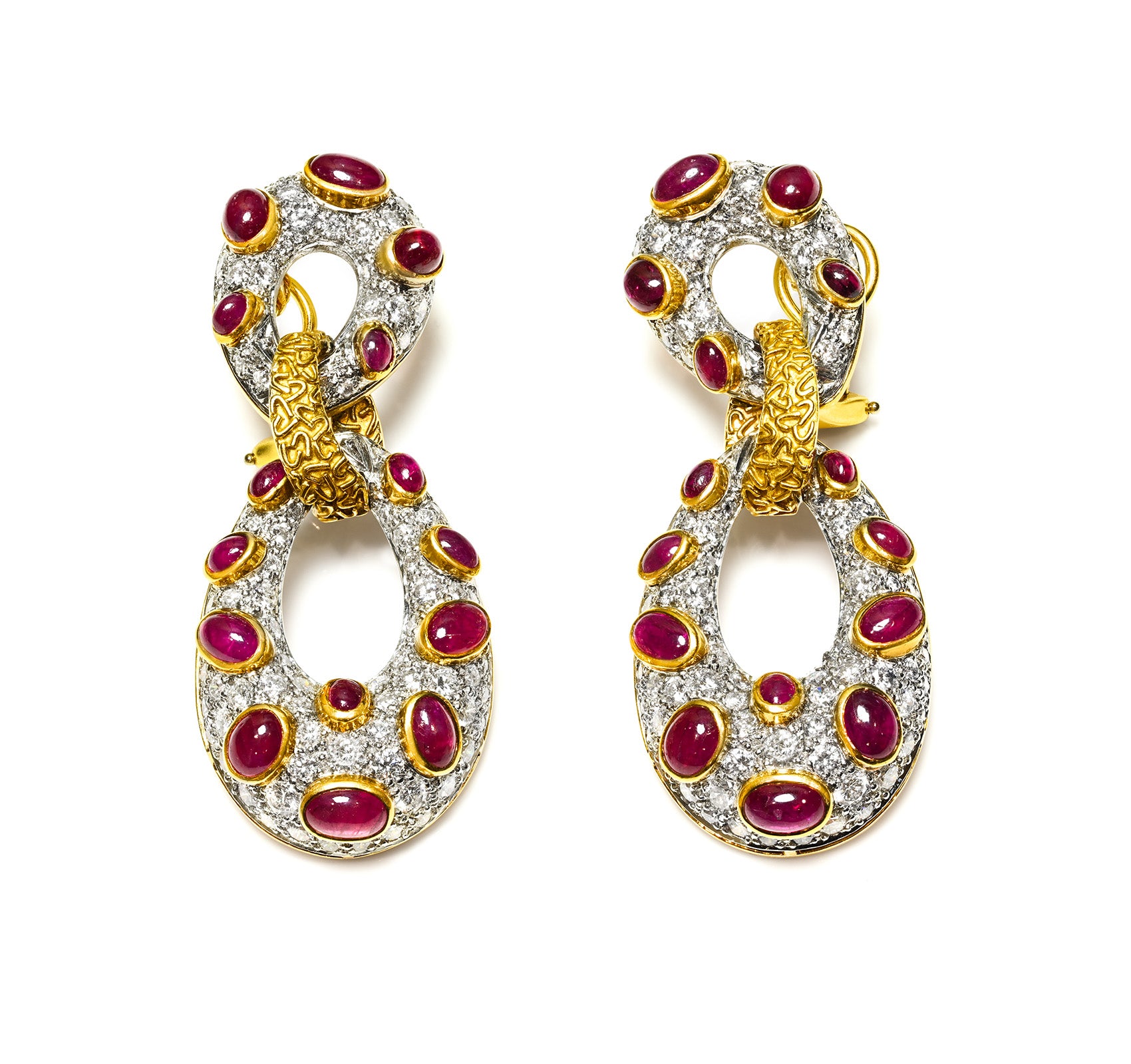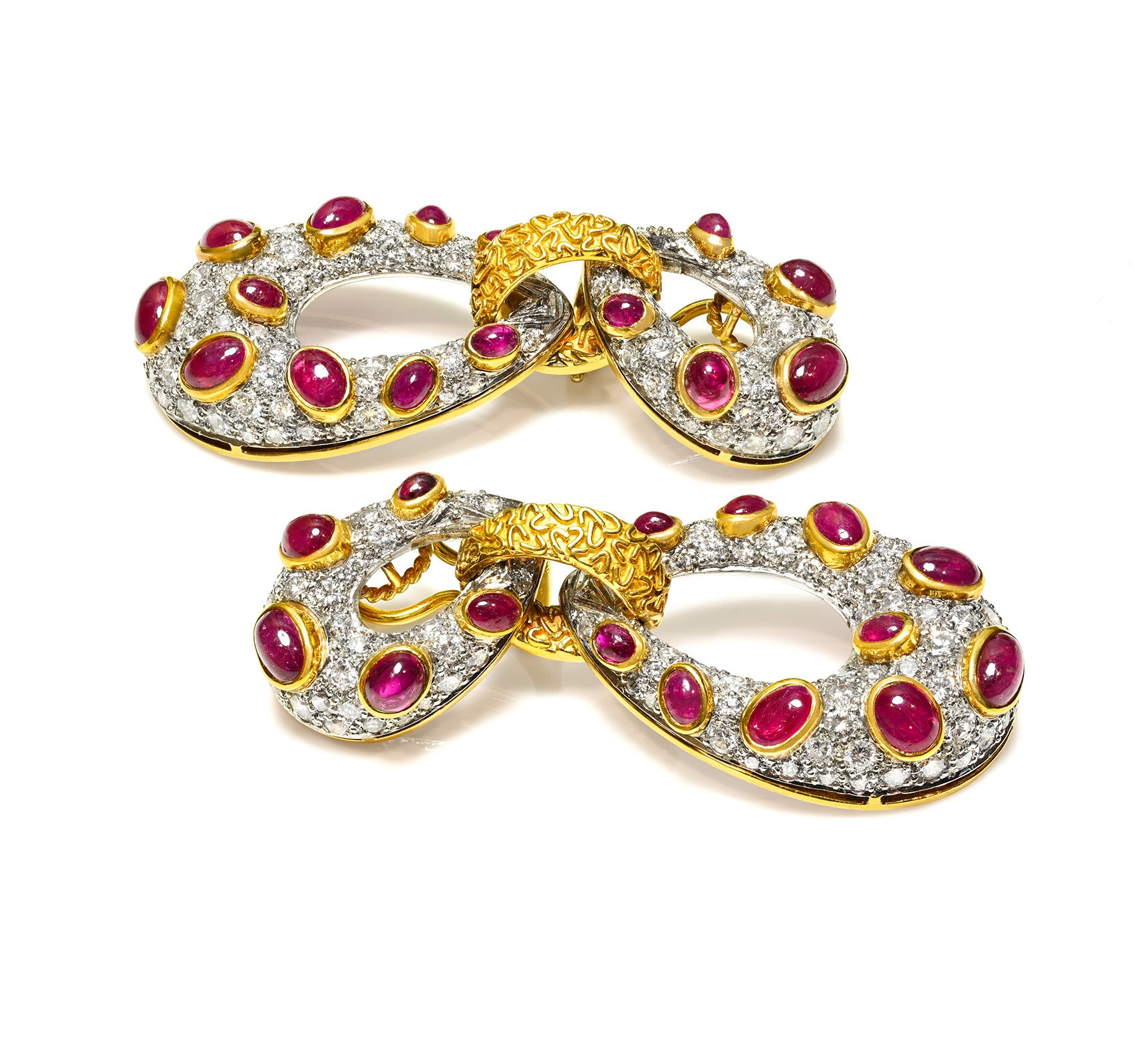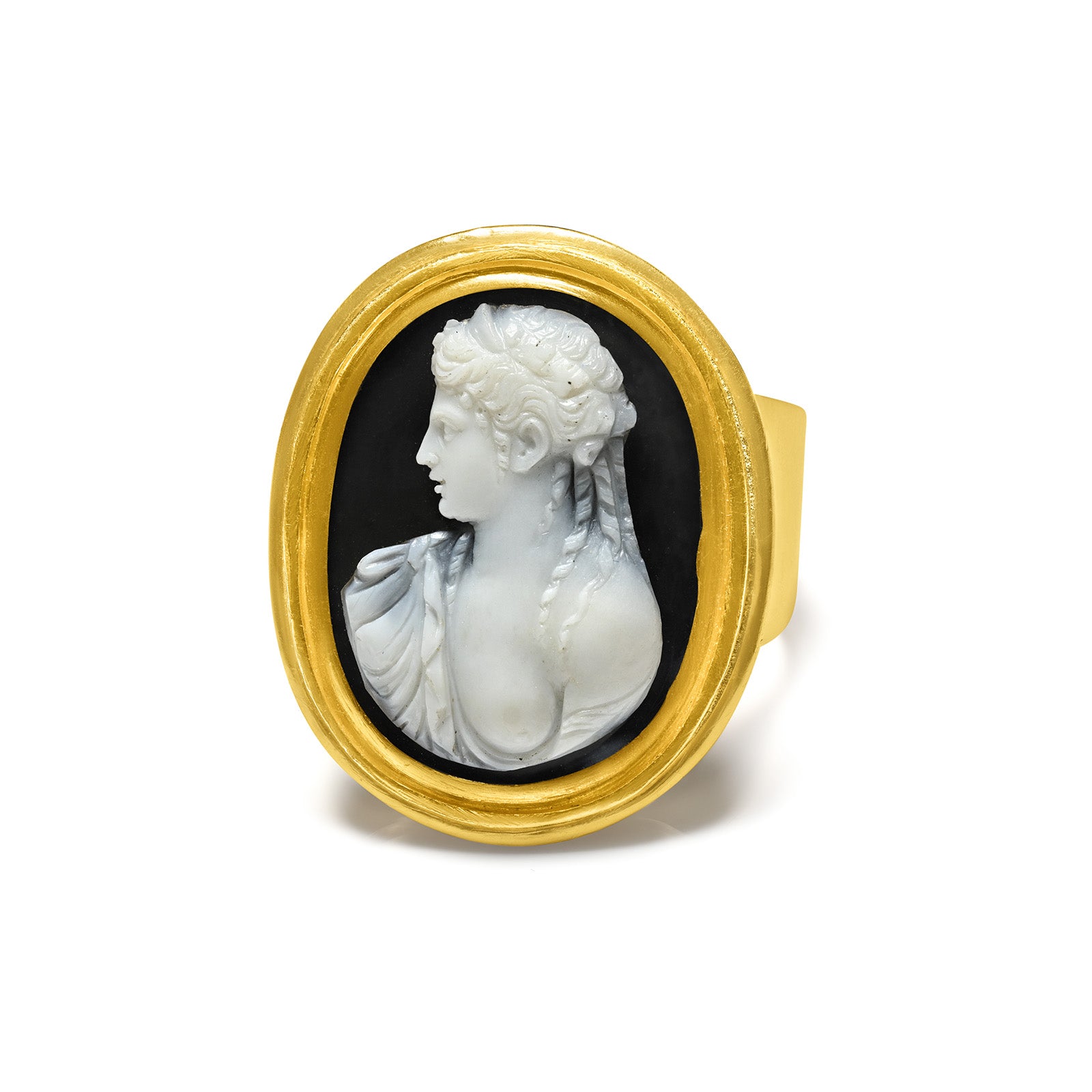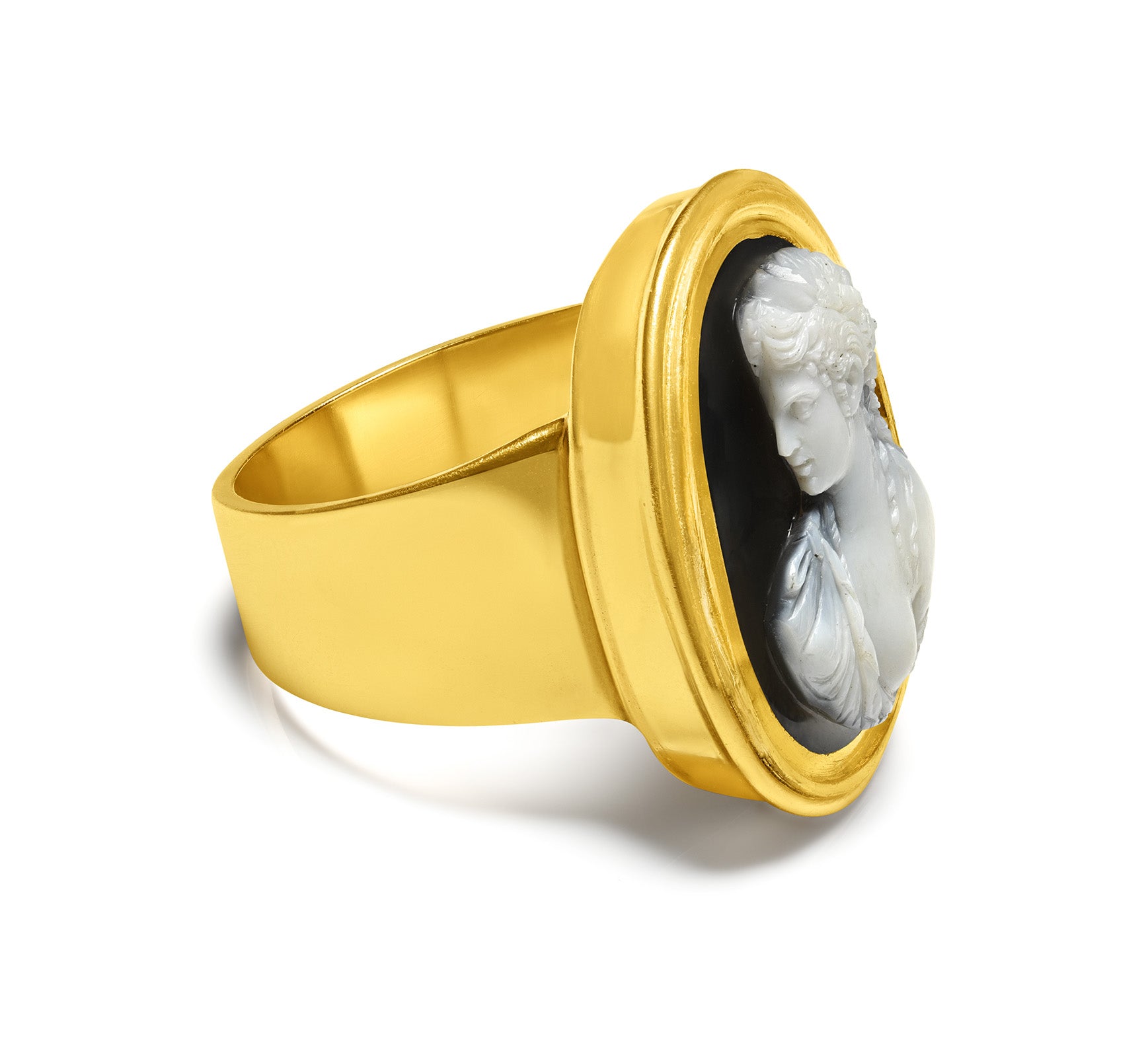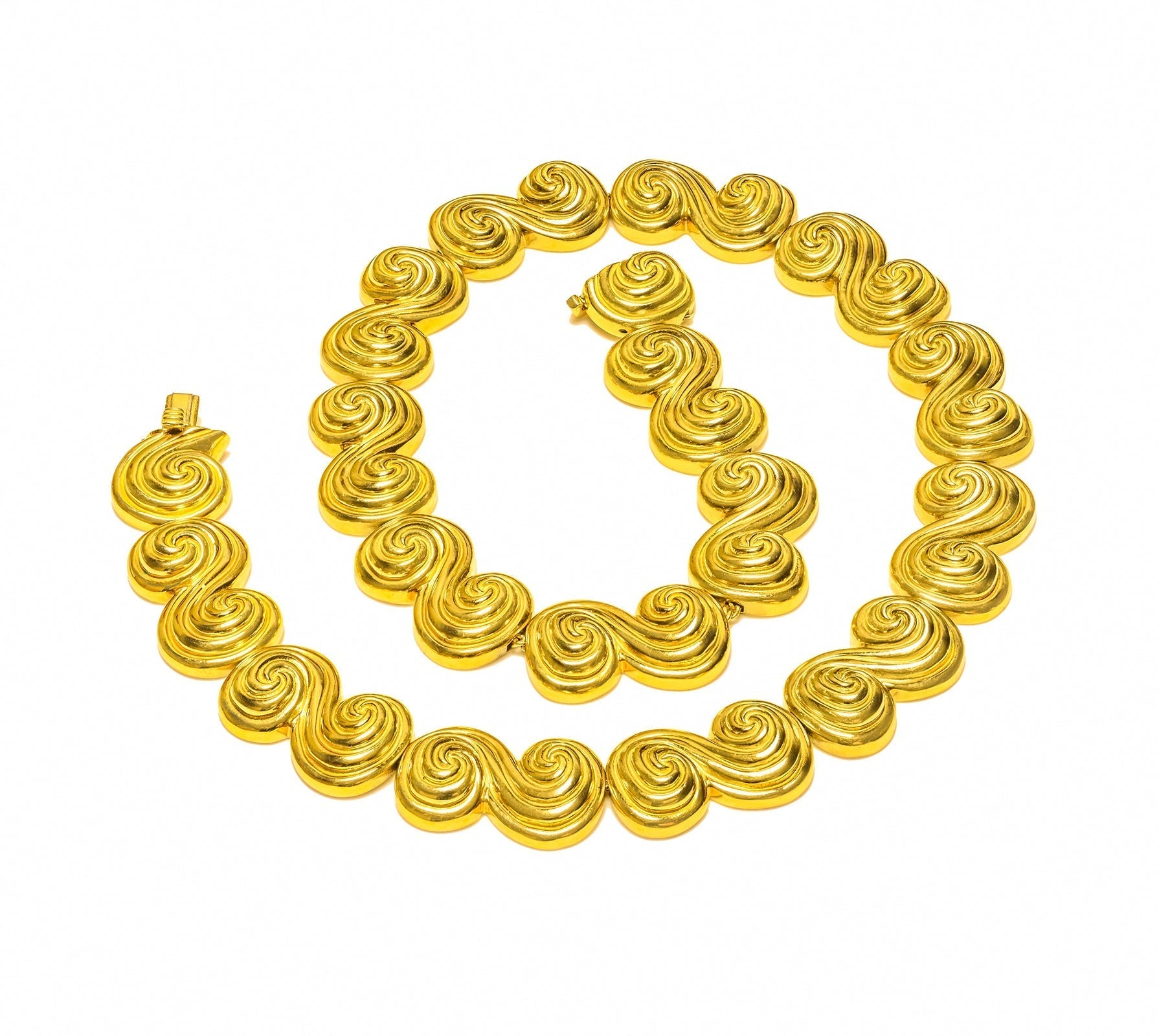
Investing in Gold Jewelry: Why Now is the Right Moment
Gold has always been more than just a precious metal. For centuries, it has represented wealth, security, and artistry. In today’s volatile economic climate, investors and collectors are rediscovering the value of gold jewelry not just as adornment, but as a resilient financial asset. Unlike stocks or bonds, a piece of finely crafted gold jewelry is both wearable and tangible—an asset you can enjoy while it quietly holds or grows in value.
This article explores why investing in gold jewelry makes sense right now, how it compares to other forms of investment, and what to consider before making your purchase.
1. Gold’s Enduring Appeal in Times of Uncertainty
Gold has historically been the safe haven of choice during economic instability. Whenever inflation spikes, currencies fluctuate, or geopolitical tensions rise, investors turn to gold as a store of value. What makes gold jewelry unique is that it combines the inherent value of the metal with craftsmanship, history, and design.
At the moment, global markets are facing uncertainty:
-
Inflationary pressures are eroding currency values.
-
Interest rate policies remain unpredictable.
-
Geopolitical risks continue to unsettle investors.
In such a context, gold jewelry offers a dual advantage: intrinsic value through its metal content, and collectible value through artistry and brand heritage.
2. Why Gold Jewelry Outshines Plain Bullion
Investors often compare buying jewelry to buying gold bullion bars or coins. While bullion is straightforward, it lacks one vital element—beauty. Gold jewelry, particularly antique and vintage pieces, adds another layer of worth.
-
Bullion: Reflects only the spot price of gold, with little room for appreciation beyond metal value.
-
Jewelry: Holds gold value plus design, rarity, and provenance. A signed Cartier bracelet, for example, is not just gold—it is history, artistry, and prestige.
This means gold jewelry can appreciate faster and hold value better over time, especially for pieces from well-known houses such as Tiffany & Co., Van Cleef & Arpels, or Boucheron.
3. Gold Jewelry as a Hedge Against Inflation
One of the strongest arguments for investing in gold jewelry right now is inflation protection. Unlike cash or paper assets that depreciate in real value during inflationary cycles, gold tends to rise. Jewelry investors gain the added benefit of owning items that never lose aesthetic value.
For instance:
-
A Victorian gold ring with hallmarks not only represents intrinsic value but also heritage.
-
A Rolex gold watch retains high desirability regardless of inflation.
-
Art Deco brooches in 18K gold with diamonds or enamel often appreciate above gold weight due to collector demand.
Thus, gold jewelry functions as both hedge and heirloom—an asset that can be passed through generations.
4. The Current Market for Gold Jewelry
At present, several trends are driving increased demand in the gold jewelry sector:
Rising Gold Prices
The price of gold has reached near-record highs in 2025. While this may deter some investors, it actually reinforces the long-term value of acquiring gold assets now. Owning gold jewelry allows you to lock in value before potential further increases.
Surge in Vintage and Antique Jewelry
Collectors and younger buyers alike are gravitating toward vintage pieces for sustainability, uniqueness, and heritage. This means the market for antique gold jewelry—from Georgian lockets to mid-century modern designs—is booming.
Sustainability and Ethical Luxury
As conscious consumerism rises, more investors prefer jewelry over mined bullion. By purchasing antique and vintage gold jewelry, investors avoid new mining and support sustainability, which further adds value to these items in the eyes of the modern buyer.
5. Types of Gold Jewelry Worth Investing In
Not all gold jewelry appreciates equally. Savvy investors focus on categories with strong demand, historical significance, and brand recognition.
Designer Gold Jewelry
Pieces signed by Cartier, Bulgari, Tiffany & Co., Buccellati, and Van Cleef & Arpels consistently command high resale values. These houses represent the pinnacle of craftsmanship and have established global markets.
Antique and Vintage Gold Jewelry
Items from the Victorian, Edwardian, Art Nouveau, and Art Deco periods are highly desirable. Their craftsmanship is nearly impossible to replicate today, and rarity increases over time.
High Jewelry and Limited Editions
Unique creations and limited editions, often featuring gemstones set in high-karat gold, appreciate significantly due to exclusivity.
Gold Watches
Brands like Rolex, Patek Philippe, and Audemars Piguet have proven track records for appreciation. Many of these pieces blend horological mastery with gold craftsmanship, making them dual investments.
6. Factors to Consider Before Investing
When buying gold jewelry as an investment, a few key factors influence long-term value:
-
Purity (Karat Weight)
The higher the karat, the purer the gold. While 24K is purest, most wearable jewelry is 18K or 14K for durability. -
Hallmarks and Maker’s Marks
Authentic hallmarks (such as British, French, or American assay marks) verify purity and origin, while designer signatures elevate value. -
Craftsmanship and Condition
Superior workmanship and pristine condition always add value. Restorations may diminish investment appeal unless expertly executed. -
Provenance
Pieces with documented history or previous ownership by notable figures carry a premium. -
Market Liquidity
Well-known brands and historically desirable styles are easier to resell at a profit.
7. Comparing Gold Jewelry with Other Asset Classes
While stocks, real estate, and digital assets often dominate conversations around investment, gold jewelry holds a distinct position.
-
Stocks & Bonds: Subject to volatility, corporate performance, and government policy. Jewelry, while influenced by gold prices, is not tied to quarterly reports.
-
Real Estate: Requires maintenance, taxes, and liquidity issues. Jewelry is portable and easily liquidated.
-
Cryptocurrencies: High risk, high reward, but lacking centuries of stability. Jewelry combines tangible value with artistry.
In essence, gold jewelry balances stability with collectibility in ways few other assets can.
8. Timing the Market: Why Now?
Several factors make the present moment particularly favorable for investing in gold jewelry:
-
High Inflation Cycles: Preserving wealth is critical, and gold jewelry performs well in such cycles.
-
Cultural Shift Toward Sustainable Luxury: Vintage and antique pieces are gaining mainstream appreciation.
-
Growing Demand from Emerging Markets: Countries like China and India continue to expand their gold jewelry consumption, driving global demand.
Buying now ensures investors benefit from both intrinsic gold value and collectible demand in the years ahead.
9. Practical Tips for First-Time Investors
For those new to investing in gold jewelry, here are practical steps:
-
Educate Yourself
Learn about hallmarks, designers, and historical periods. Resources like DSF Antique Jewelry provide valuable guides. -
Start with Trusted Dealers
Work with reputable jewelers or auction houses to avoid forgeries. -
Balance Aesthetics and Investment Value
Choose pieces you love—jewelry should be enjoyed as much as it is an asset. -
Diversify
Don’t only buy gold weight; mix in designer pieces, signed works, and rare antiques. -
Keep Documentation
Certificates, receipts, and historical notes add long-term value.
10. The Emotional Dividend
Unlike traditional investments, gold jewelry carries an emotional dividend. Wearing an Art Deco necklace or gifting a Victorian bracelet provides personal joy, cultural connection, and social prestige—all while preserving wealth. This blend of beauty and financial prudence is why gold jewelry continues to attract collectors and investors alike.
Conclusion: Gold Jewelry as a Smart Investment Today
At a time when markets are unpredictable, inflation is pressing, and the search for sustainable, tangible assets is at its peak, gold jewelry stands out as an intelligent investment. It offers protection, appreciation, and aesthetic enjoyment in one. Whether it is a rare Cartier bracelet, a signed Tiffany necklace, or an antique Georgian ring, each piece carries both intrinsic and cultural value.
By investing now, collectors and investors can safeguard wealth while holding objects of beauty that connect past, present, and future. Gold jewelry is not just fashion—it is financial foresight.
